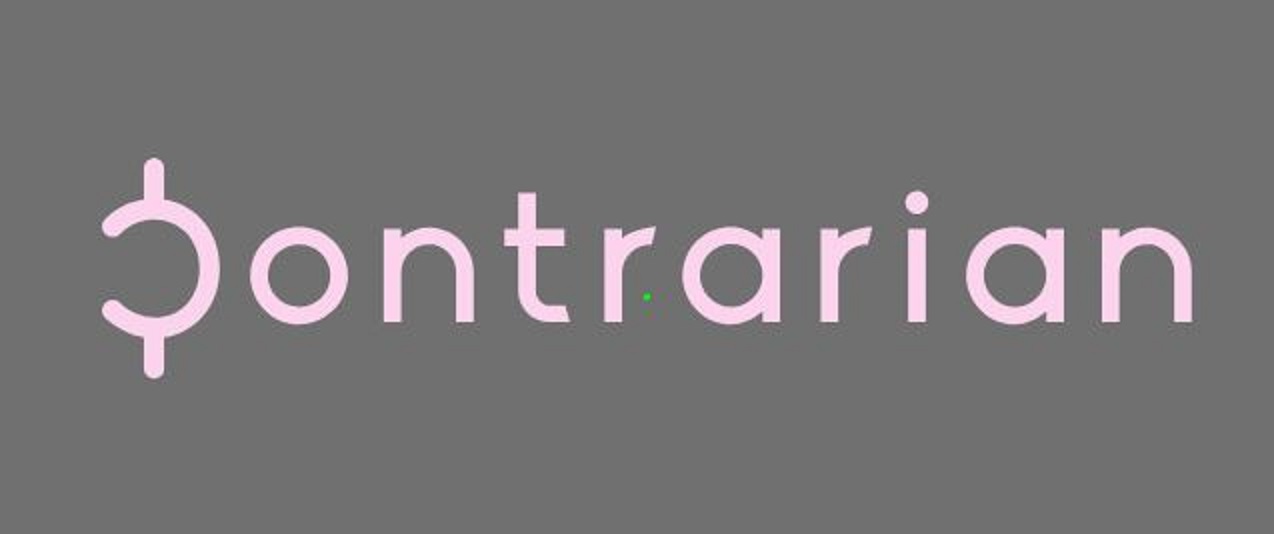Moderator 0:02
Welcome to the Contrarian Investor Podcast. We give voice to those who challenge a prevailing sentiment in global financial markets. This podcast is for informational purposes only. Nothing on this podcast should be taken as investment advice. Guests were not compensated for their appearance, nor do they supply payment in order to appear. Individuals on this podcast may hold positions in the securities that are discussed. Listeners are urged to educate themselves and make their own decisions. Now, here’s your host, Mr. Nathaniel E. Baker.
Nathaniel E. Baker 0:36
Chris Nicholson, independent Portfolio Manager. based here in New York, you have a long career most recently at the hedge fund Iron Harbor Capital. And you have a pretty broad cross disciplinary look at assets and geographies. You did a stint in China I know, which I think is valuable now in the present day, considering all the volatility that we’ve seen, and everything that’s happened just from from the COVID crisis alone, but there are other broad forces at work. So maybe we could just start and just for you to get your, to get your views on the market on economies, and how you see things.
